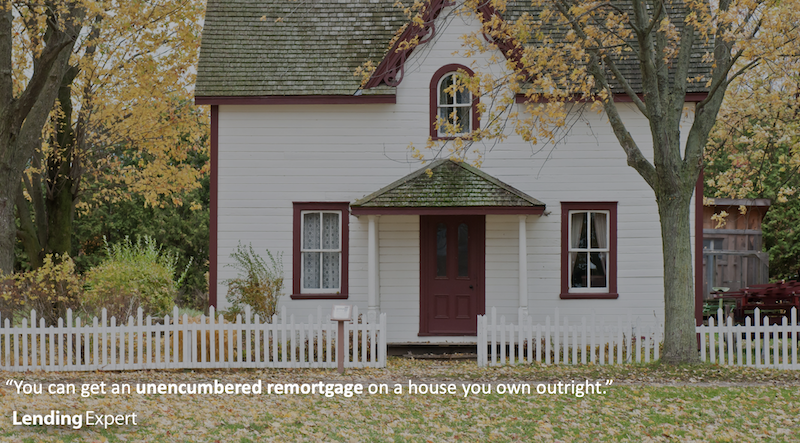
Once a tracker, discount or fixed rate mortgage has come to an end the lender usually quotes another interest rate mostly known as the Standard Variable Rate (SVR). Lenders have the freedom to set their own SVR, which becomes the interest rate by default to be charged in case the borrower doesn’t re-mortgage. Compared to other mortgage types, SVR is usually higher.
Variable rate
It’s worth noting that SVR is actually in the category of variable rate types of mortgage. This means the entire amount paid could change easily every single month. For every mortgage payment you make, some part will cover the lender’s charged interest while the other part of the money repaid will cater for the capital or funds borrowed.
An increase in SVR by the lender leads to a rise in monthly payments. However, the additional funds will cater for the higher interest and not the borrowed money or capital, and your mortgage repayment won’t be as fast you might have thought. It’s important to be clear about SVR before you decide to accept the terms, particularly the fact that monthly mortgage amounts could rise with changes in the rate.
Make the most of mortgage comparisons to find the best that works for you with repayment terms you can meet. Use a mortgage interest calculator to work out what the lender will probably require, including higher payments in future.
SVR and flexibility
As already indicated, you should expect to part with more funds on SVR provided by a lender than borrowers on fixed-term arrangements. However, with recent low-interest rates, that is not always the case.
Once you realise your mortgage arrangement is about to end perhaps a new arrangement such as re-mortgaging should be taken into consideration. However, SVR offers some much-needed flexibility for those with plans either to move or re-mortgage their house in coming days since chances are redemption penalties would accrue, charged for repayment of a loan earlier than the expected period.
To avoid the higher rates of SVR do some research on other re-mortgaging options available to you. If you need some help then a broker will be able to search the market to see which mortgages are available to you.
Setting SVR
Standard Variable Rate offers the lender so much freedom that he can lower or raise it whenever he desires. Borrowers usually don’t have any say in the matter. It’s also worth noting that SVRs could also be affected by the base rate of the Bank of England. In most cases, an increase in base rate compels lenders to raise SVRs in a matter of weeks if not days.
It might be a good idea to pay attention to the Bank of England base rate as one of the different factors your lender will be using to set the SVR, such as risk management, borrowing cost and internal goals of the lender.
What you could end up paying
In most cases, SVRs usually fall within 2-5 per cent of the Bank of England’s base rate. It’s also possible to come across a lender with a ‘ceiling’ on their SVR, indicating that the rates won’t go up beyond a specific percentage of the set base rate. At the same time, lenders might also have a ‘collar’ in place where the interest cannot dip beyond a specific percentage.
For those already in SVR talking to a mortgage expert or broker is recommended to see whether a lower rate of interest can be found through a new mortgage arrangement.
In case SVR doesn’t work for you
Obviously SVR comes with its perks in a mortgage. Flexibility is such an advantage which allows you to re-mortgage easily when you need to or change into another lender without costly charges. Even so, the funds repaid as interest every month have a high propensity to change, and you could end paying more. Be sure you can afford any increase in the interest rate before you agree to SVR terms.
If you’re uncertain on interest payments and want something you can control and service without a problem then a fixed rate mortgage may be a better solution. It means the rate would be set for a specific set term of 2-5 years and if you can afford it, then you’ll always be sure of the amount you’re to repay each month. You’ll do away with the anxiety of SVR and changes in interest rates.








